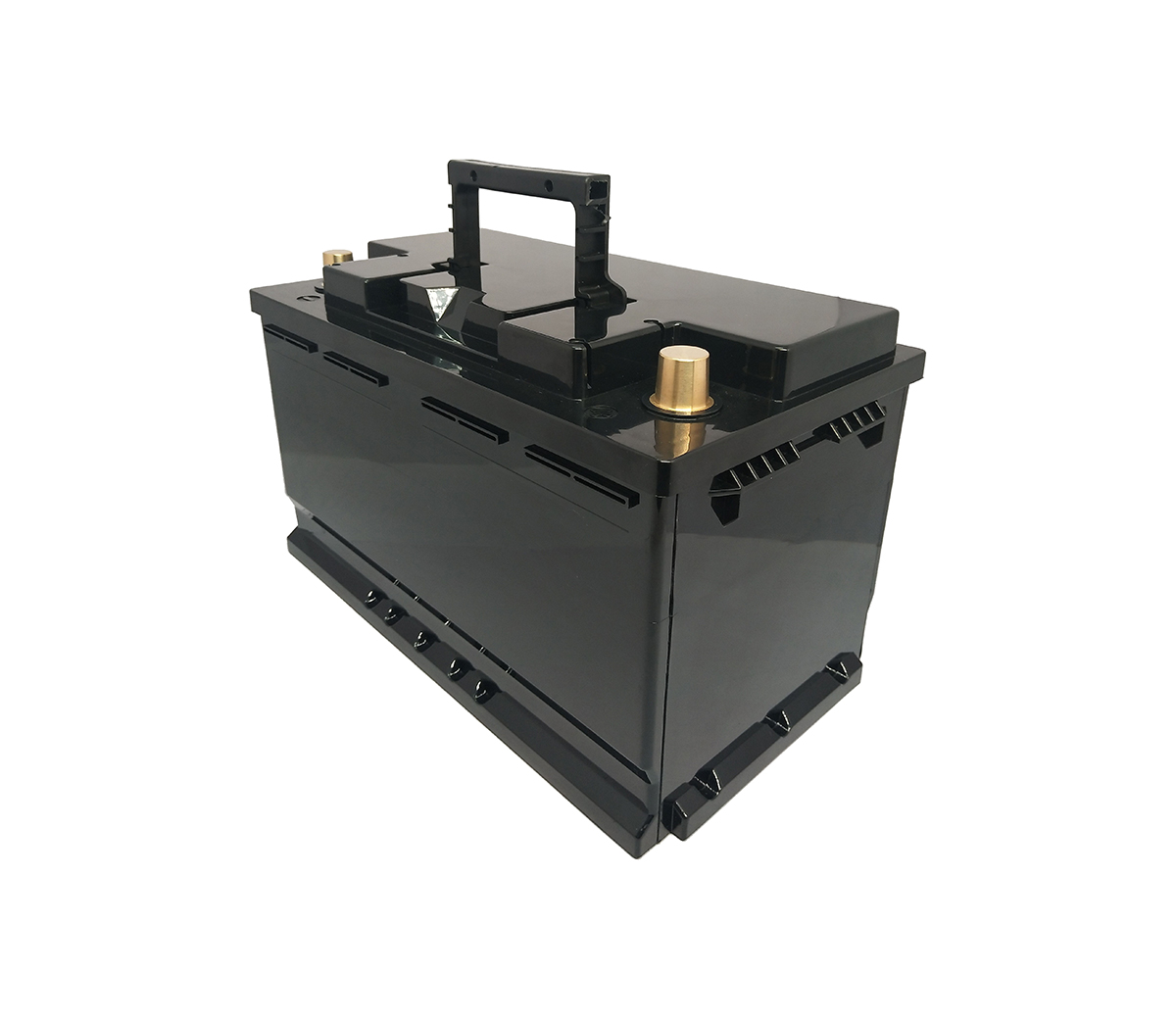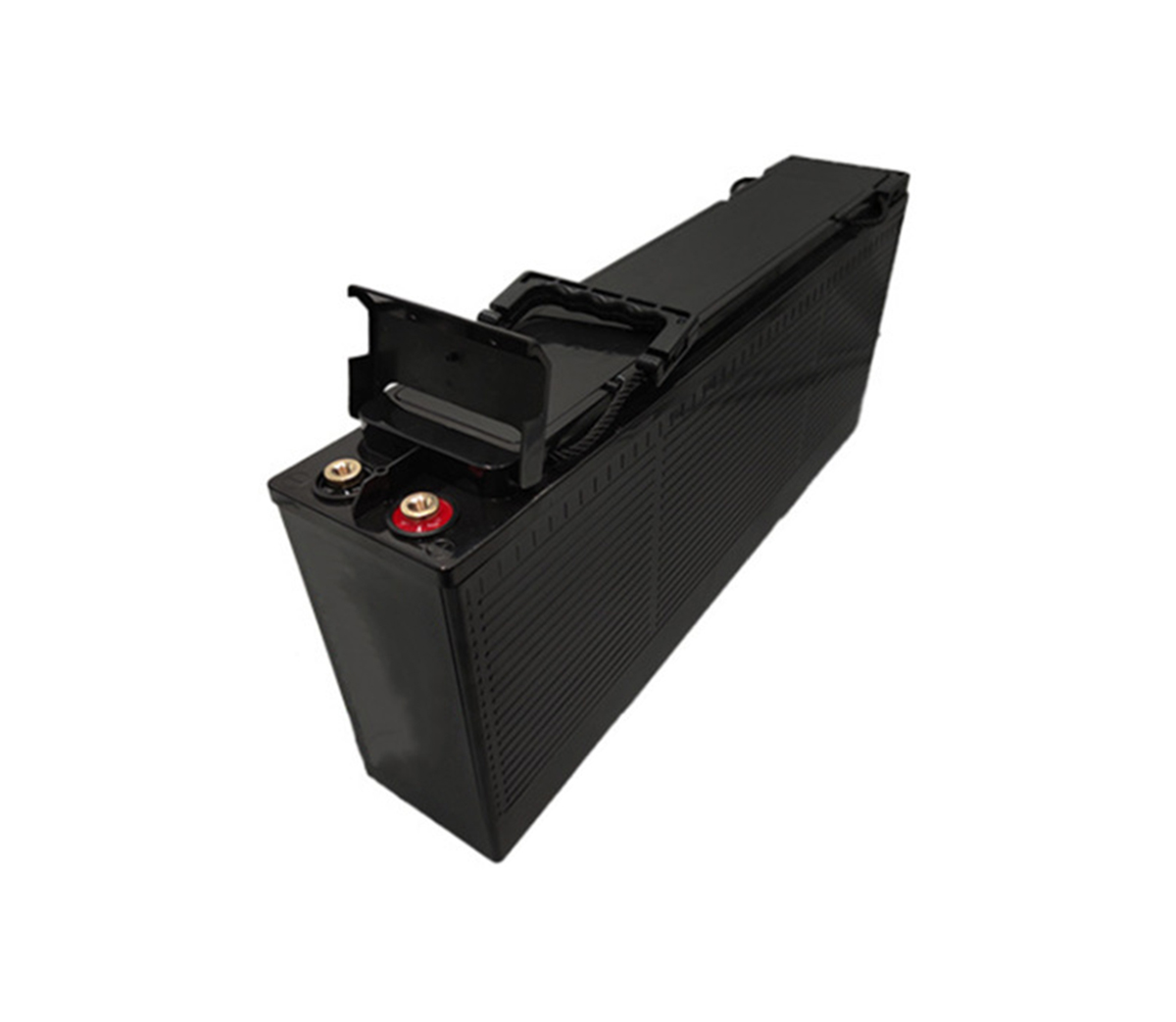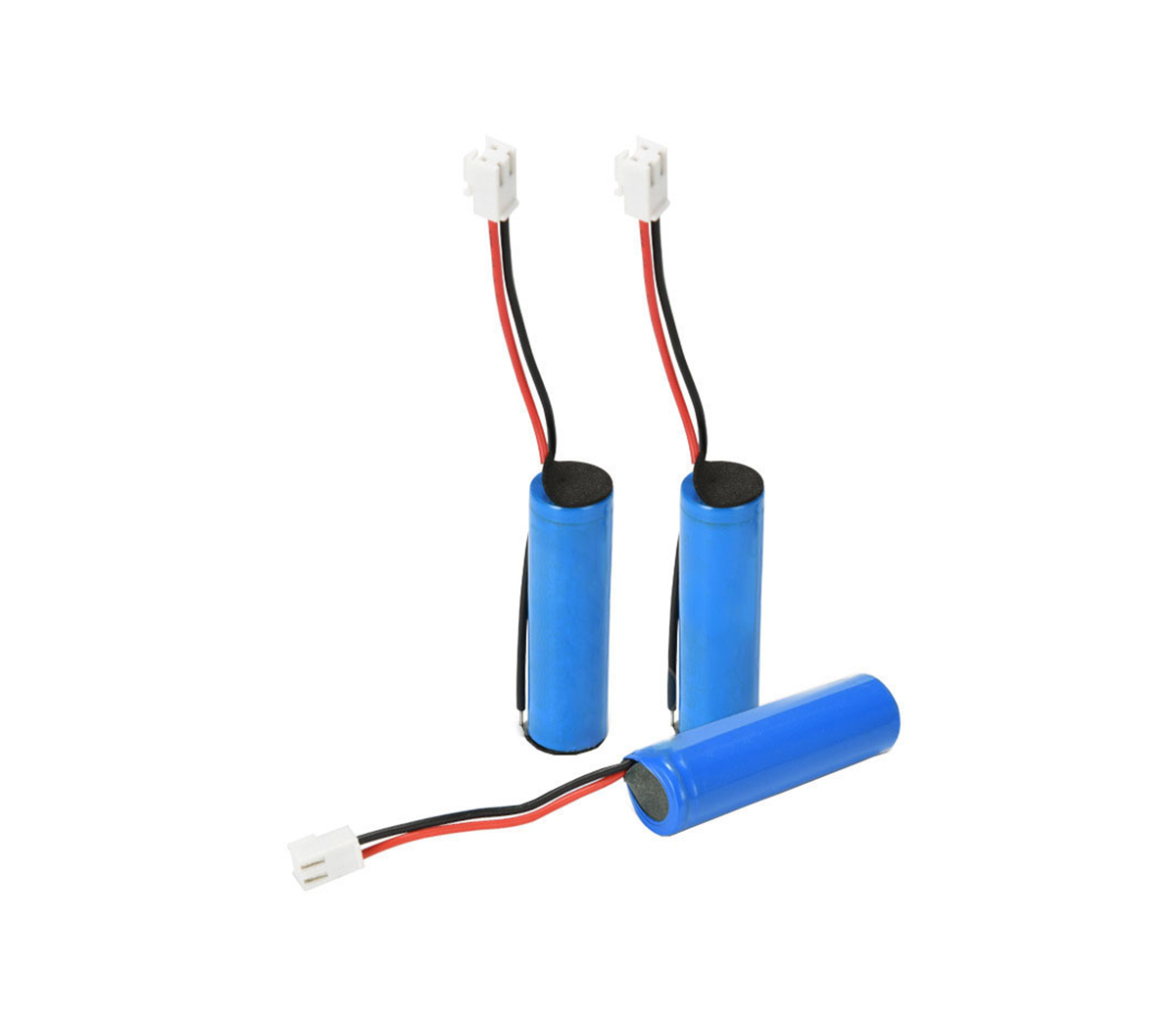How about CJK technology
The sudden changes of auto companies have transformed China’s electric
battery vehicles to a certain degree. However, for the electric vehicle industry
to really catch up with the German Super Japan, further technological research
and industrialization are needed.
To grow into the technological foundation of China's electric vehicle
battery companies, but the electric vehicle industry really needs to catch up
with the German Super Japan, it needs further technological research and
industrialization.
China's electric vehicles are about to enter a year. As the power battery
of electric vehicles, its industrial restructuring has appeared in both ice and
fire.
In 2017, the manufacturer of the fifth global power battery sales and the
third Chinese power battery sales factory, its parent company Jianrui Woneng
(300116.SZ) blew 20 debt defaults in early April, and the overall debt was as
high as 221.38. In addition, in the later period Small and medium power battery
companies closed down under overall pressure. On the other hand, the 2017 global
power sales first Ningde Times New Energy Technology Co., Ltd. (hereinafter
referred to as CATL) successfully held the meeting in early April. , Up to more
than 1,300 US dollars.
In addition to internal Japanese brands, in the fierce competition among
Korean companies in the global market, how will China's new energy vehicles
disguise? Will there be a chance to overtake in a curve? Executive Vice
President Ouyang Minggao accepted an exclusive interview with a reporter from
Caijing and said that the bottom line of China's electric vehicle technology has
been formed. Refunds can be guaranteed with lithium iron phosphate batteries,
and there is also a new generation of lithium-ion power batteries in the
import.
Offense and defense of China's power battery
Caijing: What is the development route of power batteries in China?
Ouyang Mingming focused on the development of lithium iron phosphate
cathode batteries in the 11th Five-Year Plan period, focused on the development
of ternary cathode lithium-ion batteries during the 12th Five-Year Plan period,
and focused on high-nickel ternary anode + silicon-carbon lithium batteries in
the 13th Five-Year Plan period.
Caijing: Is the domestic research on iron-reducing lithium batteries
mature? What are the advantages and disadvantages of ternary lithium batteries
compared with reduced iron lithium?
Ouyang Minggao: Lithium iron phosphate battery is the technical bottom line
for electric vehicle transformation. The current advanced lithium iron phosphate
battery technology is mature, but the lithium iron phosphate battery technology
is mature, the quantity and cost are controllable, and the safety is high.
Lithium batteries have achieved a 500-kilometer cruising range on the DENZA
electric battery, taking into account safety and economy.
The ternary lithium battery improves the specific energy, and has problems
such as safety, raw material cost, and life span. The increase in technical
strength is to encourage technological progress, and the safety requirements for
lithium-ion batteries have also increased.
"Ternary lithium batteries are now considered to be a mainstream power
battery route. Many companies produce energy and energy batteries and produce
more complex ternary power batteries. What is the current status of China's
ternary lithium battery technology? where?
Ouyang Minggao: In the current study, the battery car with a specific
energy of 300 watt-hours/kg is a ternary NCM811+ silicon-carbon-magnesium
lithium battery, but the safety, especially the rechargeability, is a big
challenge. In 2020, the combination of 811 lithium, silicon-silicon battery
carbon fiber, and sunset may become mainstream products (some Korean and
Japanese battery experts believe that 622 collective workers would be a better
choice from the perspective of comprehensive performance balance).
The industrialized ternary soft-pack battery will reach the target
manufacturing process of 300 Wh/kg in 2020. From the perspective of
industrialization, it will be very difficult to achieve 350 Wh/kg.
Caijing: Is high nickel development a trend?
Ouyang Minggao: High nickel is currently a trend, mainly to reduce the
dependence on cobalt, so as to make the cost controllable. The decline in the
use of cobalt is an inevitable trend.
Caijing: Will China check the development route of Japan's Panasonic? For
example, the development of the 18650 811 lithium battery.
Ouyang Mingming's 18650 is easier to achieve high specific energy due to
its small size. The battery can avoid problems such as material synchronization
and tracking after amplification. . However, China will not follow Panasonic's
research path, and the selection of materials will be different. My name is
NiCoMn, and Panasonic is NiMgAl.
Caijing: Will lithium batteries be the main mainstream route?
Ou Mingyang Gao: Lithium batteries will always be the main ones and will
not be destroyed. But positive, lithium and electrolyte can all happen. In
addition, lithium and lithium air sulfur are in the car because they are
meaningless. Industrialized life remains to be seen.
Advantages and disadvantages of China's lithium battery technology
Caijing: How did the world's lithium batteries and the writing rights of
China, Japan and South Korea form this pattern?
Ouyang Minggao is mainly because of the industrial foundation of China and
South Korea's reserve battery. Needless to say, Japan and South Korea, China's
industrial foundation started with mobile phone batteries. When lithium battery
technology emerged, most of the world's auto companies were studying fuel. China
began to focus on fuel cell research, but there was no relevant foundation for
fuel cells. Basic materials and thin-film coatings were hostile to Japanese
industries. Advantages and characteristics of the transportation system, and
proposing a "pure electric drive strategy" strategy characterized by lithium
battery first behavior, can finally take the lead in the world in the
industrialization of new energy electric vehicles with the future and in the
future.
Large-scale lithium battery companies are now appearing in Europe and
America, mainly for their old age and industrial foundation.
Caijing: Why do we say that China's industrial advantages and
transportation system have the development of pearl lithium batteries?
Ouyang Minggao: Toyota of Japan has been developing hybrid power on the
basis of fuel. At that time, it was formulating the first two five-year plans
for new energy vehicles. It also tracked Toyota’s focus on hybrid power
development. Domestic backbone vehicles will raise a large number of
domestically produced vehicles until 208. The demonstration operation effect of
hybrid vehicles, especially hybrid movies, is not ideal.
Overall, lithium-ion battery technology has made breakthrough battery
developments after 2007. Hydrogen batteries have been collected in a short
period of time, making it possible to develop pure electric power. Ensure
competitive advantage.
China's transportation system has an electrification foundation. High-speed
rail, electric bicycles, and electric public transportation have already formed
the characteristics of electric mobility in Chinese society. At the same time,
the comprehensive technology of pure electric vehicles is relatively small, so
China is suitable for pure electric vehicles. The application scenario fits,
this is an achievement of the rapid development of pure electric.
Caijing: What is the level of China's lithium battery reserves and research
in the world?
Ouyang Minggao: According to my information, there are about 1 million
international papers on global materials research in the past 10 years. China
and Taiwan account for 40%. China is twice as much as the United States.
Material research is very important. . The giants who study batteries in the
United States are also Chinese.
Caijing: Insufficient high-end production capacity of lithium batteries in
China?
Ou Mingyang: High-end production capacity is a high-end talent in all
industries in China. But the high-end talents in China's battery industry are
high-end, and technological innovations are billions of examples. Ningde has an
annual output value of 200 and has more than 100 PhDs. And compared to some in
the domestic era. There are only 50 auto companies with an annual output value
of 500 billion. Such a high talent structure and ratio are completely different
from other industries.
": Does the existing domestic power industry exist, and will "Industry
Standards" occur?
Ou Mingyanggao: China's lithium battery standards have established strict
standards and have obvious indicators. The international standard for lithium
batteries that has just been adopted has adopted the Chinese standard. With the
development of technology, lithium battery companies will improve technical
indicators by increasing specific energy. Specific energy is an important
reminder to adjust the change of production capacity structure, and the low-end
production capacity in the market will definitely be enlarged.
"Ningde Times" has won large global orders from Volkswagen and
Mercedes-Benz, and the price is 6% higher than that of LG. Why did these foreign
auto companies intend to buy Chinese power batteries at a price?
Ouyang Minggao: First of all, Ningde's product quality is comparable to LG,
and sometimes it may even be out of breath; LG second, there are no large
lithium battery manufacturers in Europe; third, China is the largest single
market for these auto companies, such as the global public 40% of sales;
Finally, the integrity of China's lithium battery industry chain is better than
that of South Korea, and the industrial scale and development prospects are also
expected.
Battery capacity breaks
Caijing: At present, the most popular ternary cathode material is rich in
manganese. Why are there hot spots and what are the advantages and
disadvantages?
Ouyang Minggao: The use of lithium-rich lithium-ion batteries as cathode
materials is currently a global research hotspot. Can reduce the dependence on
cobalt and nickel, reduce costs, especially costs. Recently, Professor Dingguo
of Peking University synthesized a 400mAh/g positive electrode in the
laboratory, but the battery life of the lithium-rich battery is relatively
short.
Now, I already have a 300 watt-hour/kg lithium-rich manganese-based fast
battery, but I still have to maintain it again and again, and it cannot meet the
requirements of the car. I need to continue to work hard. The above needs to
seek improvement. Secondly, the voltage that needs to be matched for the
lithium-rich base is wider and farther.
Caijing: Is there a timetable for tungsten-rich industrialization?
In the national special project, Ouyang Minggao will achieve 811 ternary:
the industrialization of lithium batteries by 2020. In the same paragraph, the
lithium-rich tungsten base continues its basic research, because the relevant
projects have not been completed, and the exact time point for industrialization
cannot be realized at present, using around 2025.
At that time, the expected richness is comparable to the comprehensive
comparison 11 among the 8 lithium material batteries, excellent, and worse than
the capacity 811, which shows that it is an important factor for comparison. A
new type of industrialized cathode material for lithium batteries.
Caijing: Focusing on the research of solid-state and all-solid-state
battery cameras, where are the research difficulties?
Ouyang Minggao: Although the research of solid-state hard drives is a hot
spot, the core of the realization of all-solid-state batteries is to solve the
problem of the interface between the detector and the detector, and sun
protection is still needed. In the next 5 to 10 years, the characteristics of
the battery will gradually decrease, and it may be a trend from partial
occurrence to half of the child's full development.
All inventions are successful, it is completely possible to be safe, and
can completely change the behavior of the battery. Because silicon solves the
battery battery problem, the battery can be made into a battery to upgrade the
energy. Basic research is constantly improving the specific energy, and fuel
cells also have the potential for fast charging.
Caijing: What is the current status and planning of Japan's research in
solid-state batteries and other fields?
Ouyang Mingming demonstrated energy lithium batteries in outer space. They
were born in 202222023 and realized or industrialized them.
Can fuel cells replace fuel cells?
Caijing: From pure electricity to the main fuel cell, what is the problem
with the development of this kind of battery?
Ouyang Minggao: Great progress has been made in fuel cell research, and the
performance of fuel cell vehicle systems has been optimized. Probably, the
technology will be relatively mature in 2025. If mass production is achieved,
the cost will also drop.
At present, the more important issue is hydrogen energy technology, that
is, cutting-edge hydrogen fuel, such as the consumption of power for production,
transportation, storage, and compression. Now everyone only pays attention to
fuel cell system manufacturing. But hydrogen-related technologies and
infrastructure, such as the development of hydrogen storage technology, have the
following problems: high carbon fiber inventory, heavy hydrogen storage, and
relatively large energy loss. Therefore, the key is to deepen the impact on
hydrogen energy-related basic research and technology, and related
infrastructure. Construction.
Caijing: There is no reduction in fuel cells. Does it determine that the
development of fuel cells is more practical?
Ouyang Minggao: From the perspective of the energy of the entire system
(not from the perspective of vehicle use), hydrogen fuel cell technology does
require national development. If the energy requirements reach a certain level,
lithium batteries cannot be realized. satisfy.
But I also agree with the statement that hydrogen is the "ultimate energy
source" and hydrogen fuel cell vehicles are the "ultimate environmentally
friendly vehicles". Hydrogen and electric energy carriers, and "ultimate".
Lithium batteries may play a role. Therefore, as far as new energy vehicles are
concerned, gas-fired and pure electricity will coexist in symbiosis in the
future.
Caijing: For passenger cars, where is the cost balance between fuel cells
and pure electric vehicles in the future?
Ouyang Minggao: Some studies believe that by 2025, 350 kilometers may
become the balance point for choosing fuel cell vehicles and battery electric
vehicles for the middle and above mid-level regions. With a mileage of more than
350 kilometers, the cost of fuel cells is better; within 350 kilometers, lithium
batteries have the advantage.
The current extendable high-speed rail network can fully meet the endurance
of long-distance travel, so the renewal of ultra-long and short-distance
electric vehicles will not be extended to a certain extent. Fuel cells can be
used as a range extender for lithium-ion batteries, which can be increased
through electric mixing. And reduce battery consumption.


































